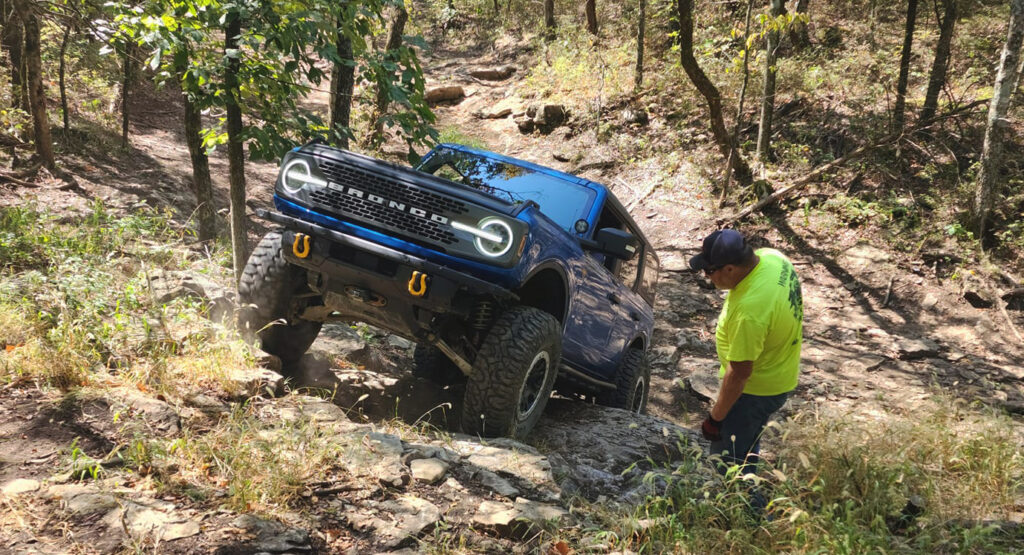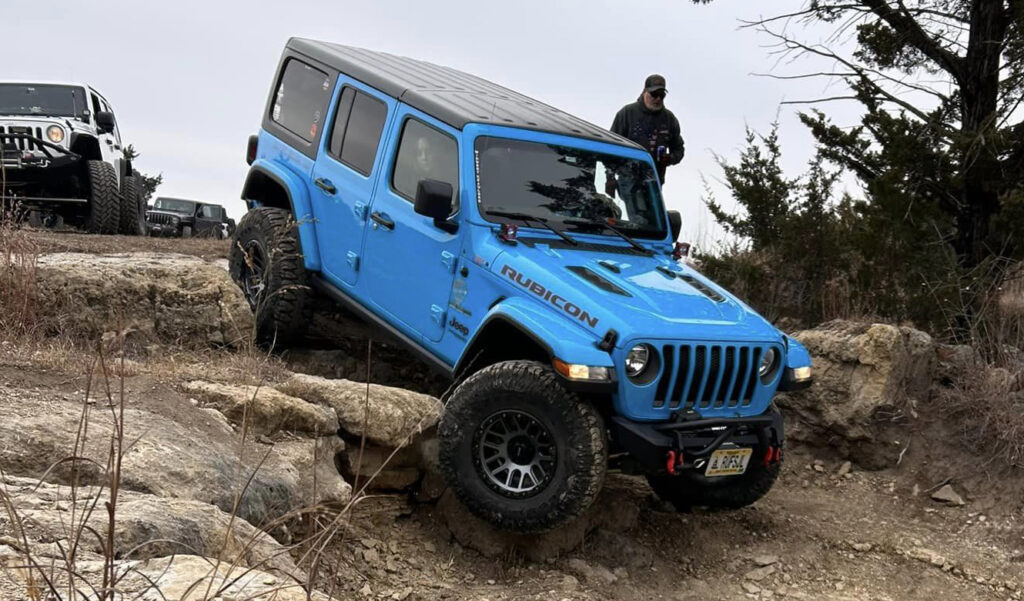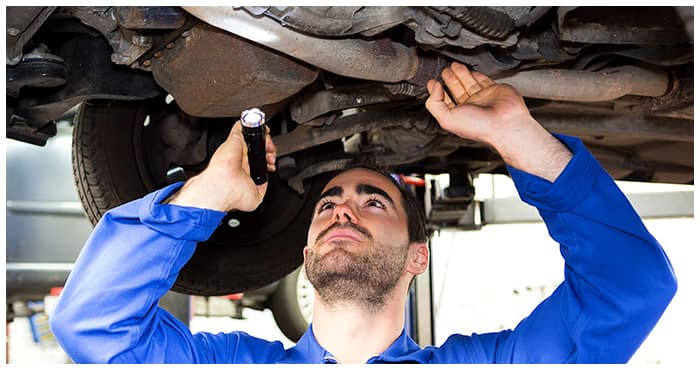Off-roading is an exhilarating adventure, offering the thrill of conquering rugged terrains and exploring the great outdoors. However, it’s important to remember that off-roading comes with inherent risks, and safety should always be a top priority. In this article, we’ll delve into essential off-road safety tips to ensure that your off-roading experiences remain thrilling, enjoyable, and, most importantly, safe.
1. Know Your Vehicle
Before hitting the trails, get to know your vehicle inside and out. Understand its capabilities, limitations, and the location of essential features like the transmission, 4WD selector, and recovery points. Regular maintenance checks are crucial to ensure your vehicle is in top condition for off-roading.
2. Plan Your Adventure
A well-planned adventure is a safer adventure. Research the trails you intend to explore, including difficulty levels, trail conditions, and weather forecasts. Inform someone about your plans and expected return time, especially if you’re heading into remote areas.
3. Bring the Right Gear
Always carry essential off-road gear, including a spare tire, jack, tire repair kit, tow straps, recovery gears, a first-aid kit, and ample water and food. Also, pack extra clothing, flashlights, and communication devices such as a two-way radio or satellite phone.
4. Travel in Groups
Off-roading with others is safer and more enjoyable. Travel in a group, so you can help each other in case of emergencies or vehicle breakdowns. It also adds to the camaraderie and shared experiences of off-roading.
5. Maintain Safe Speeds
Resist the temptation to speed on off-road trails. Slow and steady often wins the race when off-roading. Maintain a safe and controlled speed that allows you to react to unexpected obstacles or terrain changes.
6. Observe Trail Markings
Trails are typically marked with signs or symbols indicating their difficulty level. Stick to trails that match your vehicle’s capabilities and your off-roading skills. Pushing your limits on challenging trails can lead to accidents.
7. Use Seatbelts and Safety Gear
Buckle up! Seatbelts are just as important off-road as they are on the pavement. Additionally, wear appropriate safety gear, including helmets if you’re on an ATV or dirt bike.
8. Know Your Surroundings
Stay aware of your surroundings. Watch for wildlife, other off-roaders, and potential hazards on the trail. Keep a safe distance from cliff edges and steep drops.
9. Respect the Environment
Off-roading should be enjoyed responsibly. Stay on designated trails to minimize environmental impact. Follow the principles of “Leave No Trace” to protect nature and preserve trails for future generations.
10. Be Prepared for Emergencies
Even with all precautions, emergencies can happen. In case of an accident or injury, know basic first aid and have a plan for getting help. Carry a fire extinguisher and a toolset for minor vehicle repairs.
Conclusion
Off-roading is a fantastic way to connect with nature and challenge yourself, but it comes with responsibilities. Prioritizing safety is not just about protecting yourself but also preserving the beauty of the outdoors and ensuring the well-being of fellow off-roaders. By following these off-road safety tips, you can enjoy the thrill of off-roading while reducing risks and making every adventure a memorable one for all the right reasons. So, gear up, stay safe, and let the off-road adventures begin!




